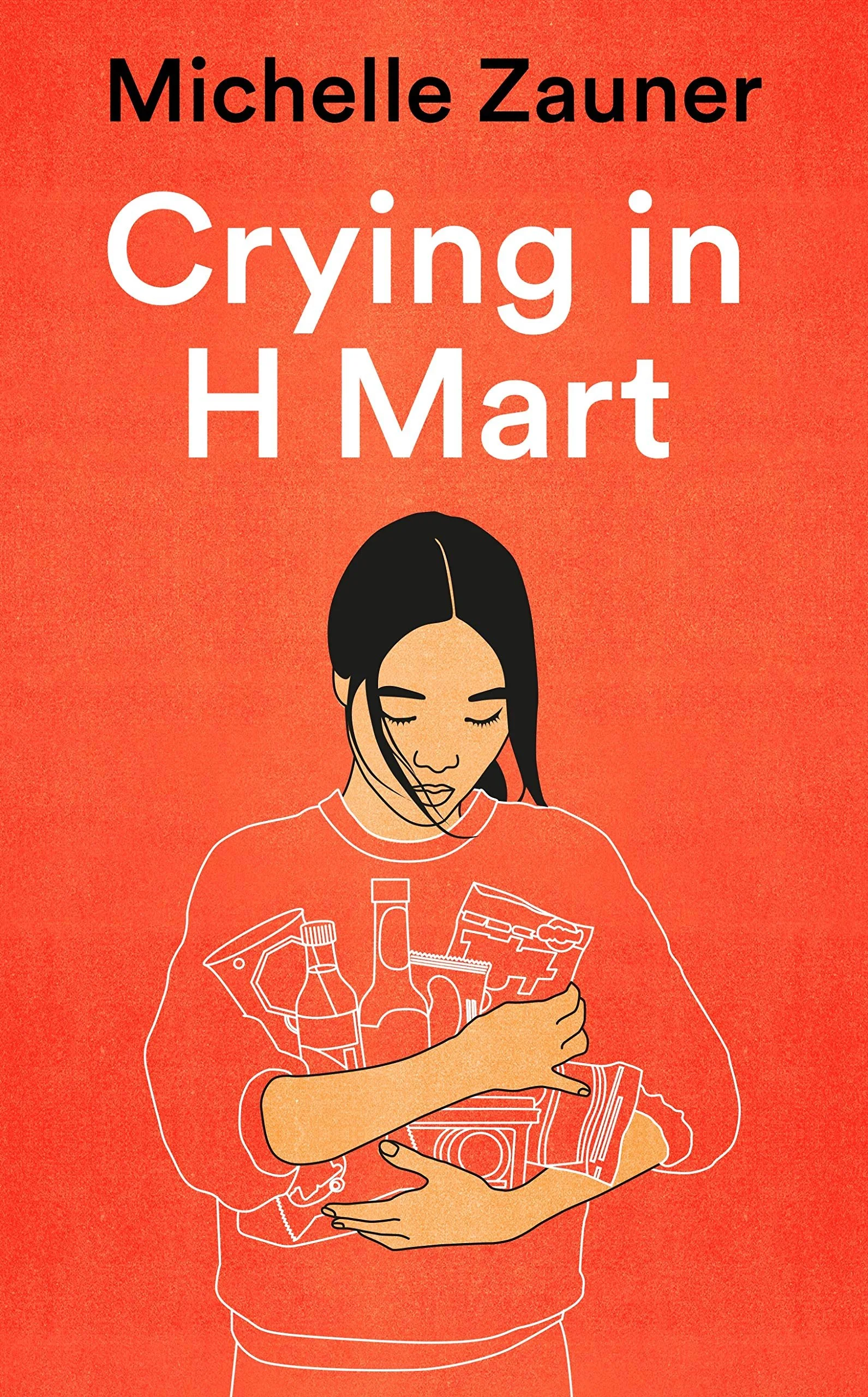3 Sad Books
Each will pull at your heart in different ways.
If three sad books seems indulgent and you can only bear to read one, go with A Little Life.
I’ve ranked these in the order I recommend reading them, which just happens to be the order in which I read them. There’s a quick brief and a few favourite passages from each below.
On Earth We’re Briefly Gorgeous by Ocean Vuong
It’s a wonderful warm up for A Little Life, which I don’t recommend going in cold with unless you’re well versed in sad content. It’s 256 pages and reads quickly. A young man trying to find his way in a land and culture apart from what his immigrant mother understands. It’s a 1:many relationship in terms of character and sad situations. Of the three, it’s definitely the most poetic. Vuong is a multi-hyphenate with poet preceding the first hyphen.
“I am writing you from inside a body that used to be yours. Which is to say, I am writing as a son. If we are lucky, the end of the sentence is where we might begin. If we are lucky, something is passed on, another alphabet written in the blood, sinew, and neuron; ancestors charging their kin with the silent propulsion to fly south, to turn toward the place in the narrative no one was meant to outlast.”
“It’s a beautiful country, she’s been told, depending on who you are.”
“Maybe we look into mirror not merely to seek beauty, regardless of how illusive, but to make sure, despite the facts, that we are still here. That the hunted body we move in has not yet been annihilated, scraped out. To see yourself still yourself is a refuge men who have not been denied cannot know”
“We were born from beauty. Let no one mistake us for the fruit of violence — but that violence, having passed through the fruit, failed to spoil it.”
A Little Life by Hanya Yanagihara
It’s a marathon of over 800 pages and finds ways to bring you joy and then break you down in almost every way possible. If you made a list of the challenges and loss that a group of 4 male friends may face over the course of the decades after college, you’d probably have to double it to even match what Yanagihara has written. This the first book that I have ever had to put down at moments to breathe and process, save for American Pyscho, which I actually had to put down and never pick up again. I might venture to say since we have 4x the characters we have the potential for 4x the sadness but it’s something closer to 3X + Y^2. The Y is Jude St. Francis, and you’ll understand the exponent once you start the book.
“But these were the days of self-fulfilment, where settling for something that was not quite your first choice of life seemed weak-willed and ignoble. Somewhere, surrendering to what seemed to be your fate had changed from being dignified to being a sign of your own cowardice. There were times when the pressure to achieve happiness felt almost oppressive, as if happiness were something that everyone should and could attain, and that was any sort of compromise in its pursuit was somehow your fault.”
“Fairness is for happy people, for people who have been lucky enough to have lived a life defined more by certainties than by ambiguities. Right and wrong, however, are for.- well, not unhappy people, maybe but scarred people; scared people.”
“But he and his friends have no children, and in their absence, the world sprawls before them, almost stifling in its possibilities. Without them, one’s status as an adult is never secure; a childless adult creates adulthood for himself, and as exhilarating as it often is, it is also a state of perpetual insecurity, of perpetual doubt.”
“As he gets older, he is given, increasingly, to thinking of his life as a series of retrospectives, assessing each season as it passes as if it’s a vintage of wine, dividing years he’s just lived into historical eras: The Ambitious Years. The Insecure Years. The Glory Years. The Delusional Years. The Hopeful Years.”
Crying in H Mart by Michelle Zauner
A memoir of a Korean American woman, coping with her mother’s death and sense of loss of connection with her Korean heritage along with it. H Mart, an Asian Grocery, store sets the scene for the exposition where we learn that food was the medium through which her mother expressed her love and through which Michelle starts to find peace. Versus the other selections, this is much more of a heart-warming and cathartic story though still with heaps of grief. The first two are significantly darker and more graphic. I enjoyed Crying In H Mart, but it was my least favourite of the three.
“Hers was tougher than tough love. It was brutal, industrial-strength. A sinewy love that never gave way to an inch of weakness. It was a love that saw what was best for you ten steps ahead, and didn’t care if it hurt like hell in the meantime.”
“Maybe I want wrinkles. Maybe I want reminders that I’ve lived my life.”
“I had thought that fermentation was controlled death. Left along, a head of cabbage molds and decomposes. It becomes rotten, inedible. But when brined and stored, the course of its decay is altered. Sugars are broken down and produce lactic acid, which protects it from spoiling. Carbon dioxide is released and the brine acidifies. It ages. Its colour and texture transmute. Its floor becomes tarter, more pungent. It exists in time and transforms. So it is not quite controlled death because it enjoys new life altogether.”
What sad books have you read that you recommend?
P.S. the book which made me cry the most but that I absolutely love is Extremely Loud and Incredibly Close by Jonathan Safran Foer.


